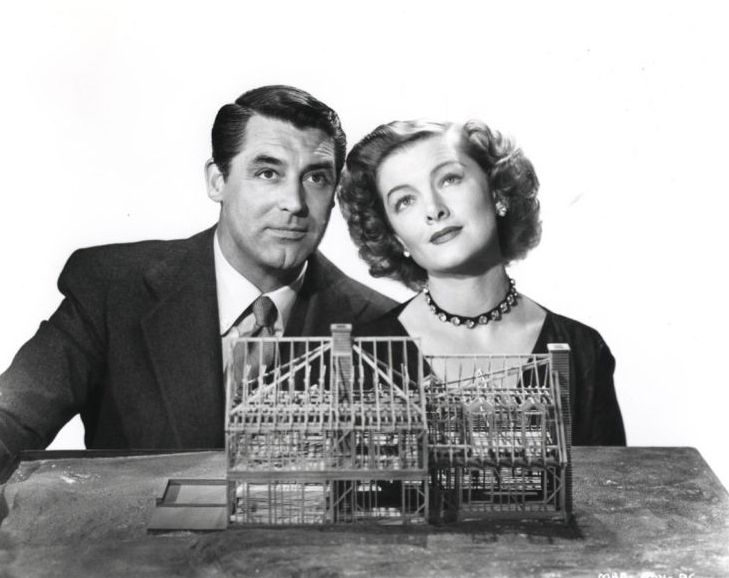Thinking about the many novel ways in which the art market is rebuilding and reinventing itself these days, I am reminded of the 1948 RKO comedy “Mr. Blandings Builds His Dream House,” starring Myrna Loy and Cary Grant. It’s a whimsical, hilarious tale of resilience in the face of never-ending challenges and setbacks.
Jim Blandings is an advertising executive whose family has outgrown their cramped Manhattan apartment, and so he decides they’ll move to the country. A cunning real estate broker dupes him into buying “the old Hackett place,” an alluring 200-year old farmhouse on 35 acres in rural Connecticut. But the house is dilapidated, impossible to restore and must be torn down. Undaunted, Blandings hires an architect to design a new house, his dream house—setting in motion a circus of calamities, cost overruns and hassles that in carefree Hollywood fashion somehow all ends happily.
It’s a pleasing indulgence to watch such a dated but entrancing film and to forget for a moment the upheavals and losses of 2020. And while it seems the world may be slowly recovering, there remains an eerie, enveloping sense of timelessness, as though the monthly calendar is only a tentative guide, with every day unfolding in ways new and novel.
Take, for example, the major fall sales of 20th/21st century paintings and sculpture at the auction houses, held with unwavering predictability the first two weeks of every November. The catalogues would appear weeks beforehand, followed by far-flung traveling exhibitions and previews, cocktail parties and dinners, all culminating in a glamorous “black-tie” evening sale with all the pomp and theatricality of a Broadway opening.
That’s now all been tossed aside, even the November scheduling. Instead Sotheby’s and Christie’s have shifted their sales to late October and Phillips to early December. These changes were apparently inspired by concerns at the houses that November 2020 will be too toxic a time for the sale of masterpieces. Sellers of these works no doubt expressed their own fears to the houses, and so the November sales were all moved.
Perhaps the new art market as we see it developing will hence be noted less for tradition and more for improvisation.
Needing a break from these dramas, I recently went to the Metropolitan Museum to view their glorious 150th anniversary show “Making the Met.” It is a colossal display of masterpieces from the museum’s vast, encyclopedic collection, and it is almost overwhelming in density and scope—like a smaller version of the 1980s blockbuster exhibition at the National Gallery entitled “The Treasure Houses of Britain.”
And yet I found one work that truly stood out for me. It was Isamu Noguchi’s towering and lyrical pink marble sculpture of the 1940s entitled Kouros.
I had seen it often before, in another gallery at the Met, far away and off the beaten track, where it always seemed to me isolated and ignored. And yet here it was in this landmark exhibition, taking center stage.
As such, it was all the more dreamy and hypnotic, making me forget for a while all that was happening outside.

